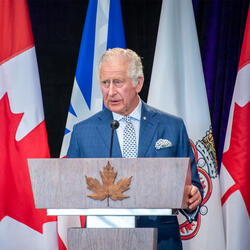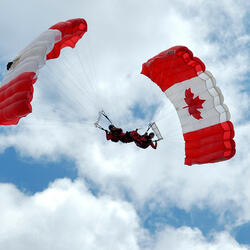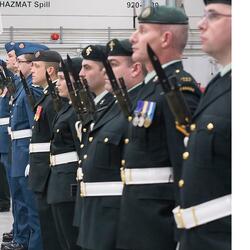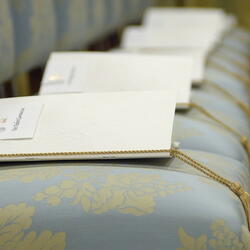Role from Champlain to Now
Four hundred years ago, Samuel de Champlain—a governor in all but name—fulfilled several duties and responsibilities that would later be carried out by the governors of New France and, after Confederation, by the governors general of Canada.
Canada became a country at Confederation in 1867. Our system of government is a constitutional monarchy and a parliamentary democracy. His Majesty King Charles III is King of Canada and Head of State. The Governor General is the representative of The King in Canada.
Responsibilities
The responsibilities of the governor general have evolved over time, along with the evolution of Canada as a sovereign and independent nation. In 1947, letters patent signed by King George VI redefined the powers of the governor general. These letters patent “authorize and empower Our Governor General, with the advice of Our Privy Council for Canada or any members thereof or individually, as the case requires, to exercise all powers and authorities lawfully belonging to Us in respect of Canada”. Since then, the governor general has daily and fully exercised constitutional duties on behalf of the Head of State, not only in Canada, but also abroad. As per the letters patent, the governor general is also the commander-in-chief of Canada.





